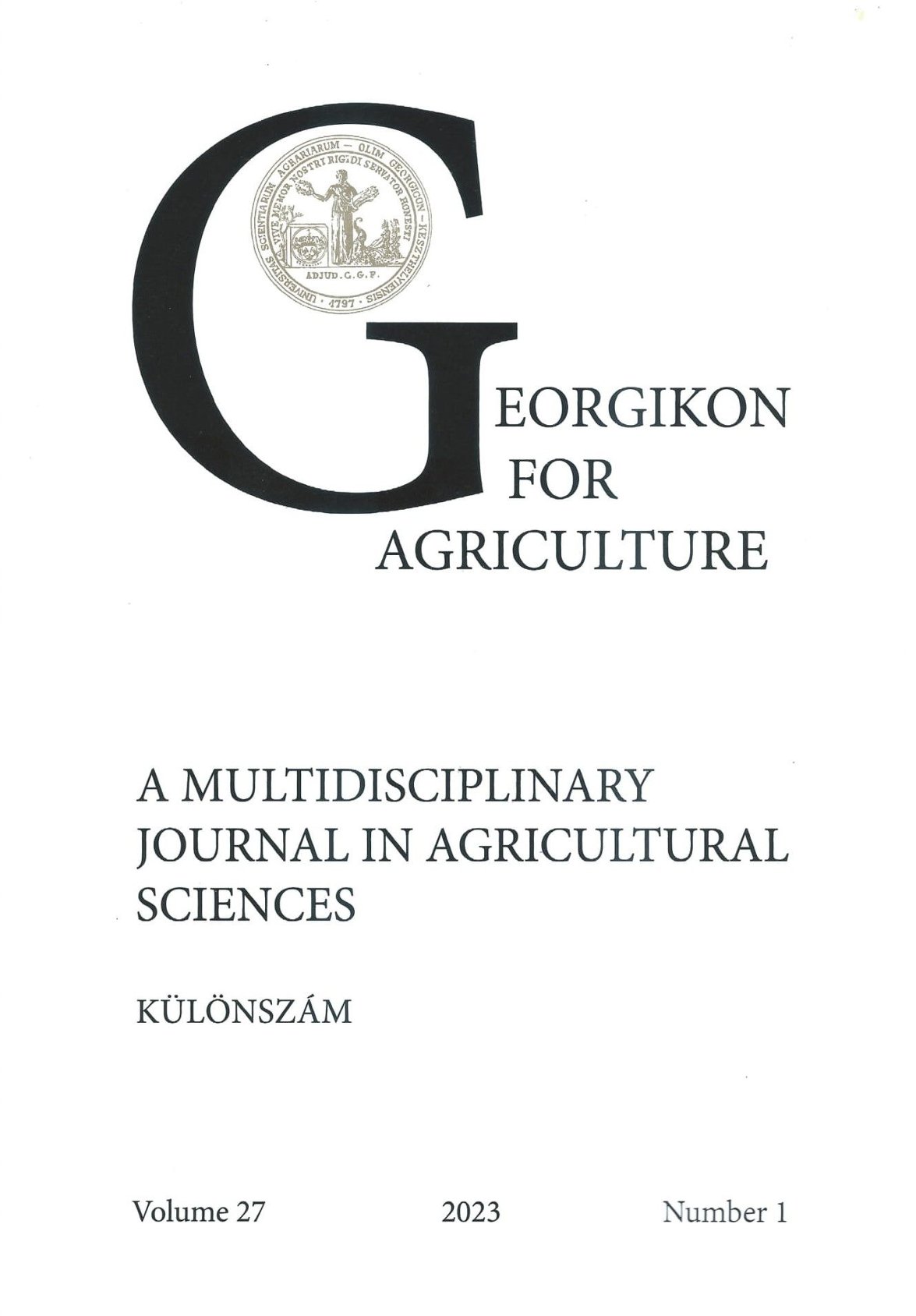Fontosabb egyszikű gyomnövények allelopatikus hatásának vizsgálata kukoricában
Keywords:
allelopathy, maize, grasses, hypothesis testing, ANOVAAbstract
Maize is the third most crucial cultivated plant worldwide, in Hungary, it is the field crop cultivated in the most significant area. However, due to climate change, the amount and distribution of precipitation continuously change, which weeds try to take away from cultivated plants. Therefore, among the summer annual lawn grasses, the mass appearance of common cocksfoot grass, cultivated millet and yellow foxtail are dangerous in hoe crops, mainly in corn stocks. Allelopathy has been studied since antiquity in natural sciences, supported by many research results. The chemical substances responsible for allelopathic effects can be found in all parts of the plant (roots, stems, leaves, flowers or fruits). Generally, they have an inhibitory effect. During the interaction, the allelochemical-releasing plant on effects another plant species. The allelopathic effects of major T4 weeds typical in maize were studied on the germination of maize.
References
Antal J. 2005. Növénytermesztéstan 1-2. Mezőgazda Kiadó, Budapest
Hunyadi K., Béres I. és Kazinczi G. 2011. Gyomnövények, gyombiológia, gyomirtás. Mezőgazdasági Kiadó, Budapest
Pepó P. 2019. Integrált növénytermesztés 2. Alapnövények. Mezőgazda Lap- és Könyvkiadó, Budapest 59-92.
Szieberth D. és Széll E. 1998. Amit a kukoricatermesztésről a gyakorlatban tudni kell. Agroinform Kiadó, Budapest 30.
Ujvárosi M. 1979. Változások a kukorica gyomnövényzetében az elmúlt 20 évben. Kukoricaterm. Kiss. 1968-1974. Akadémiai Kiadó, Budapest 139-154.
Winter, A. G. 1961. New physiological and biological aspects in the interrelationships between higher plants. Symp. Soc. Exp. Biol. 15. 229-244.
Downloads
Published
Issue
Section
License
Copyright (c) 2023 Kolos Lórántfy, György Pásztor

This work is licensed under a Creative Commons Attribution-NonCommercial-NoDerivatives 4.0 International License.
Cikkre a Creative Commons 4.0 standard licenc alábbi típusa vonatkozik: CC-BY-NC-ND-4.0. Ennek értelmében a mű szabadon másolható, terjeszthető, bemutatható és előadható, azonban nem használható fel kereskedelmi célokra (NC), továbbá nem módosítható és nem készíthető belőle átdolgozás, származékos mű (ND). A licenc alapján a szerző vagy a jogosult által meghatározott módon fel kell tüntetni a szerző nevét és a szerzői mű címét (BY).




